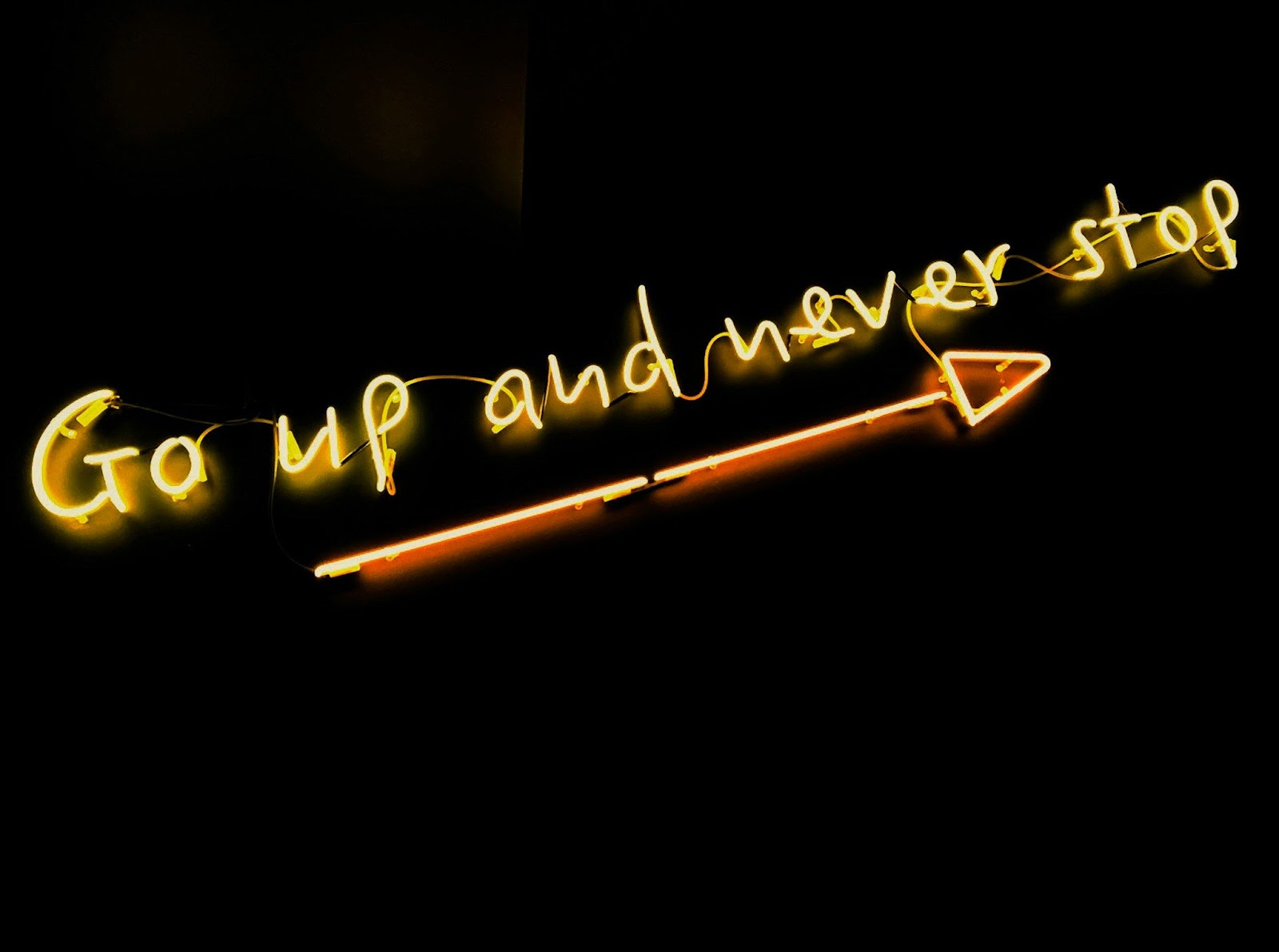How to Use Notion to Improve Your Blog: A Step-by-Step Guide 🌱
How to Use Notion to Improve Your Blog: A Step-by-Step Guide
1. Introduction
Ever had a brilliant blog idea slip away because you forgot to write it down? I did—multiple times. That’s why I turned to Notion, and now I track every idea, draft posts effortlessly, and publish without missing deadlines.
In this guide, I’ll walk you through 7 key ways to use Notion to elevate your blogging game—from planning and SEO to growth and analytics. Let’s dive in!
2. Content Planning & Organization
Why this matters: A content calendar is your roadmap—it stops missed deadlines and writer’s block.
How to do it in Notion:
-
Create a database titled “Content Calendar” with fields like Title, Category, Status, Publish Date, and Keywords.
-
Use Calendar View to visualize your posting schedule—and add Kanban View to move posts through Idea → Draft → Ready → Published.
-
Keep an Idea Inbox database or page where you can jot down topics anytime inspiration strikes.
💡 “I started with a ‘Summer Content Ideas’ tab and never run out of topics.”
3. Content Creation
Why it matters: Drafting, researching, and receiving feedback in one place saves time and clutter.
Steps to take:
-
Write drafts directly in Notion’s rich-text editor.
-
Use templates for consistency (e.g. “Listicle Template” or “Tutorial Post Template”).
-
Use toggle blocks to store research, quotes, or reference links.
-
Invite collaborators to comment or make edits directly on the draft.
📝 “I stick with the ‘Article Draft’ template every time—it keeps my style consistent.”
4. SEO & Marketing
Why it matters: Good writing can’t attract readers if it’s not discoverable.
What to build:
-
A Keyword Tracker table with Keyword, Search Volume, Difficulty, and Status.
-
A Promotion Checklist template to log social shares, email blasts, and outreach tasks.
-
A Backlink Tracker database to track sites linking to your content.
-
A Performance Dashboard showing pageviews, shares, and engagement metrics.
💡 “When I saw backlinks from one post, I repurposed it into a pillar article that boosted my traffic.”
5. Resource Management
Why it matters: Managing media, guidelines, and inspiration centrally avoids chaos.
Setup suggestions:
-
Create an Image Library database that includes descriptions and alt-text.
-
Add a Style Guide page with brand colors, tone, font sizes, and voice notes.
-
Keep a Competitor Analysis table with posts, topics, and URL links to watch trends.
📸 “I save branded visuals in one place—it saves me loads of time later.”
6. Audience Engagement
Why it matters: Community interaction turns readers into loyal followers.
Ways to track it:
-
Log comments, emails, or reader feedback in a database.
-
Plan your social media content and posting schedule in Notion.
-
Draft email newsletters alongside your blog posts for easier publication.
💬 “I turned reader questions into an FAQ section—it boosted engagement.”
7. Integration Options
Why it matters: Notion is most powerful when it connects with other tools you use.
Steps to integrate:
-
Use Zapier to automate tasks—like moving drafts to Trello, or reminding on Slack.
-
Publish directly from Notion using tools like Super.so or Fruition.
-
Export content easily to WordPress, Medium, or Google Docs.
🚀 “I published a Notion page on WordPress in 10 seconds—no copy/paste needed.”
8. Long-term Growth Strategies
Why this matters: Maintaining and improving old content keeps your blog fresh.
What to include:
-
A Content Audit database to review and update old posts.
-
A Goals Tracker for monthly traffic, revenue, or collaborations.
-
Reader Persona pages to define and refine your target audience.
🏆 “Each January, I update my top 10 posts—I’ve doubled my traffic.”
9. Step-by-Step Example
Let’s walk through an example using “How to Start a Garden Blog”:
-
Add it to the Content Calendar with a July 15 publish date.
-
Draft using your Listicle Template.
-
Fill in keywords like “gardening blog beginners.”
-
After publishing, track backlinks and social shares.
-
Audit six months later to refresh and repurpose.
10. Conclusion & Call to Action
Start small: begin with the Content Calendar today—gradually add the rest.
Let readers share their Notion setups or questions in the comments.
Offer a handy free template:
For Learning more:
https://alison.com/?utm_source=alison_user&utm_medium=affiliates&utm_campaign=49722976



Comments
Post a Comment